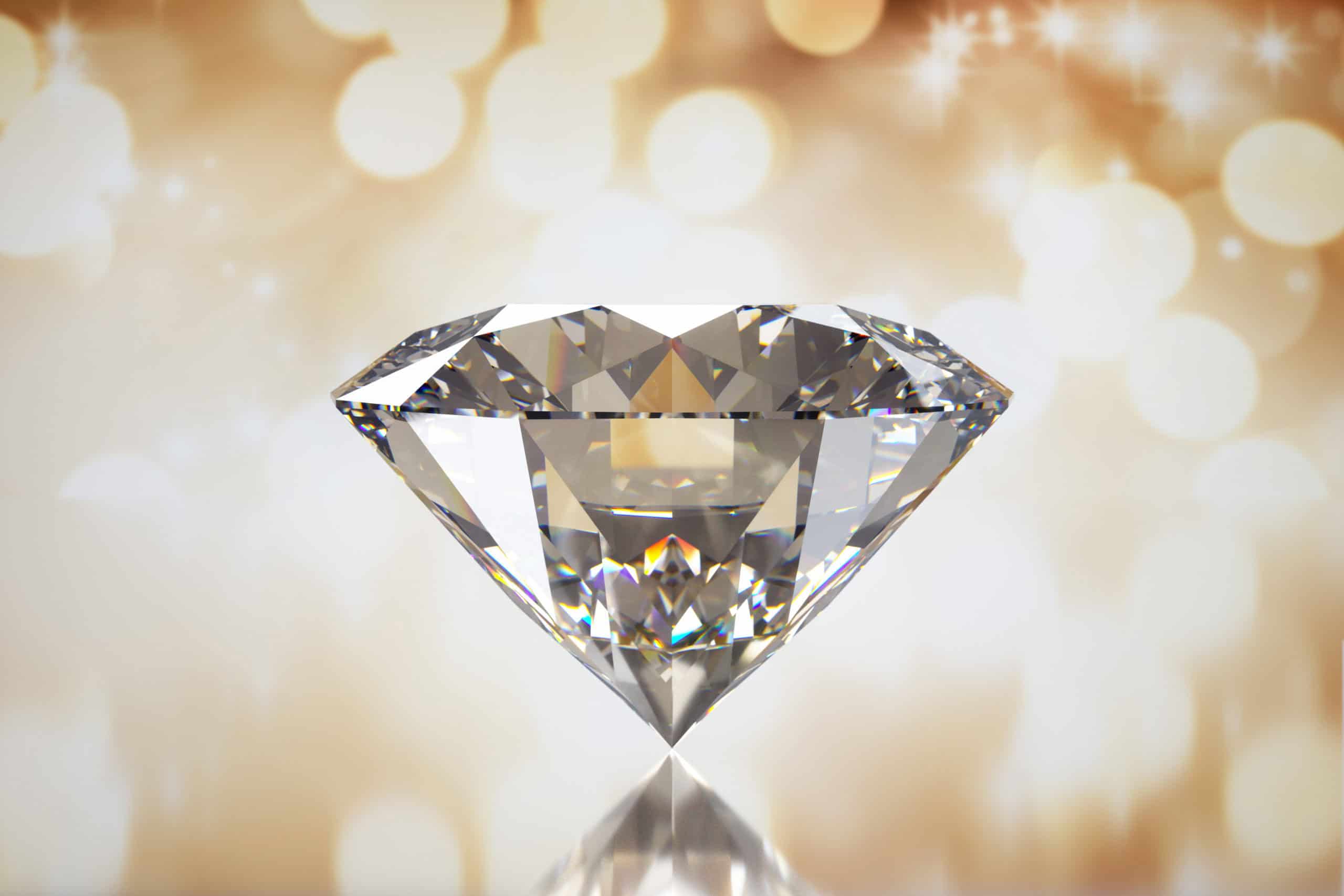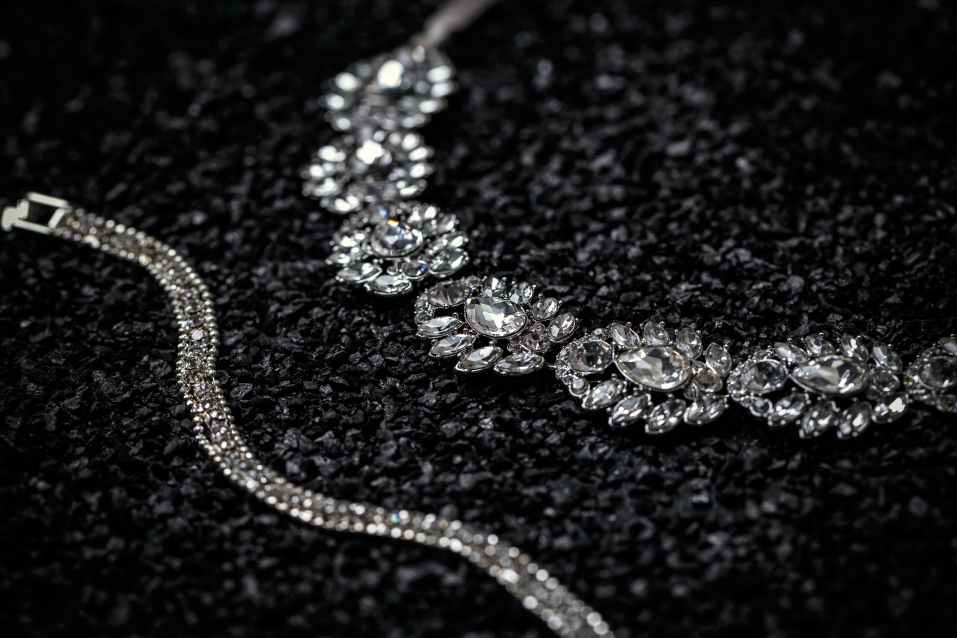Pink diamonds have for some time been admired for their one of a kind and vibrant tints, making them quite possibly of the most sought after gemstone in the world. Their rarity and striking appearance frequently lead investors and collectors to think about them as valuable assets. However, the advent of lab-grown diamonds has acquainted another aspect with the investment landscape. In this article, we will explore the investment potential of pink diamonds, with a particular spotlight on lab-grown alternatives.
Pink Diamonds
Pink diamonds are natural diamonds that display a range of pink shades, from pale blush to profound magenta. Their color results from unobtrusive distortions in their crystal lattice, which affect how light is absorbed and reflected. The rarity of pink diamonds contributes significantly to their high market value. Dissimilar to other colored diamonds, are pink diamonds a good investment are not graded on a color scale but instead on their shade, tone, and saturation.
The Investment Value of Natural Pink Diamonds
Scarcity and Market Demand
One of the primary reasons pink diamonds are viewed as a good investment is their outrageous rarity. Natural pink diamonds are among the rarest diamonds on Earth, with just a handful of mines creating them. This scarcity drives appeal among collectors and investors, pushing up their value after some time. The Argyle Mine in Australia, historically a major wellspring of pink diamonds, ceased operations in 2020, further fixing supply.
Historical Performance
Historically, pink diamonds have shown amazing profits from investment. Their value has steadily increased throughout the long term, frequently outperforming other sorts of diamonds and even a few traditional investments like stocks and real estate. The combination of rarity, historical appreciation, and the allure of pink diamonds makes them an attractive choice for long haul investors.
Risks and Considerations
In spite of their potential, putting resources into natural pink diamonds carries certain risks. The market for high-value gemstones can be volatile, impacted by monetary circumstances, changes in buyer inclinations, and fluctuations in supply. Additionally, the high section cost for pink diamonds, joined with the requirement for master information to assess their quality and value, can be a barrier for many investors.
Lab-Grown Pink Diamonds: Another Investment Opportunity
What Are Lab-Grown Pink Diamonds?
Lab-grown pink diamonds are created utilizing advanced innovation that replicates the natural circumstances under which diamonds form. These diamonds are chemically and physically identical to their natural counterparts yet are created in a controlled climate. The process includes either High-Tension High-Temperature (HPHT) or Chemical Vapor Testimony (CVD) techniques to create diamonds with similar properties to those tracked down in nature.
Advantages of Lab-Grown Pink Diamonds
Cost-Adequacy: Lab-grown pink diamonds generally cost not exactly natural pink diamonds. This discounted sticker cost can make them more accessible to a broader range of investors. The lower cost allows for the acquisition of larger or greater stones inside the same financial plan.
Ethical and Environmental Considerations: Lab-grown diamonds are in many cases considered to be a more ethical and environmentally well disposed alternative to natural diamonds. Their creation doesn’t include mining, which can be associated with negative environmental and social impacts. This appeal to ethical financial planning can attract investors who prioritize sustainability.
Market Patterns and Liquidity: As the innovation and acceptance of lab-grown diamonds keep on advancing, their market presence is expanding. However, their liquidity may not match that of natural diamonds, which are profoundly settled in the traditional gemstone market. This could impact their investment potential and resale value.
Risks and Challenges
Putting resources into lab-grown pink diamonds presents its own arrangement of challenges. The market for lab-grown diamonds is as yet creating, and their drawn out value and acceptance are uncertain. Additionally, lab grown diamonds may not appreciate at the same rate as natural diamonds, potentially affecting their investment return.
Comparing Natural and Lab-Grown Pink Diamonds
While considering an investment in pink diamonds, it is essential to gauge the advantages and risks of both natural and lab-grown choices. Natural pink diamonds offer a demonstrated track record of appreciation and are perceived for their rarity. In contrast, lab-grown pink diamonds give a practical, ethical alternative with potential long haul development as market acceptance advances.
Investors ought to also consider factors, for example, market patterns, personal investment goals, and the importance of ethical obtaining. The two kinds of pink diamonds have their interesting attributes and potential for development, and the decision between them will rely upon individual inclinations and investment strategies.
Conclusion
Pink diamonds, whether natural or lab-grown, offer charming investment opportunities. Natural pink diamonds are prestigious for their rarity and historical value appreciation, making them a convincing decision for long haul investors. Lab-grown pink diamonds, then again, present a more accessible and ethical alternative with potential for future development as the market creates.








